Understanding the 30ml Reagent Bottle
The 30ml reagent bottle is a staple in laboratory storage, designed to meet the precise needs of scientific environments. These bottles serve as a fundamental component for the containment and protection of chemical reagents. Available in various materials, the choice between glass reagent bottles and plastic lab bottles is determined by the specific requirements of the laboratory's work.
Materials and Design Features
When selecting a 30ml reagent bottle, the material is a critical factor. Glass options offer durability and resistance to heat and corrosive substances, while plastic bottles provide a lightweight and break-resistant alternative. The design of these bottles often includes glass stoppers, which ensure a secure seal for the containment of liquids or powders. For light-sensitive substances, amber-tinted bottles are available to minimize exposure and maintain the integrity of the contents.
Types and Applications
The application of a 30ml reagent bottle can vary widely within a laboratory setting. Wide-mouth reagent bottles are particularly useful for storing semi-solid to solid materials, facilitating easy access and removal. In contrast, for procedures like centrifugation, specialized centrifuge bottles are employed, designed to withstand high speeds and equipped with leak-proof seals for secure sample handling. Additionally, lab wash bottles, also known as squeeze or squirt bottles, are indispensable for cleaning and disinfecting purposes, demonstrating the versatility of laboratory bottles.
Advantages of Using the Correct Reagent Bottle
Choosing the right 30ml reagent bottle can significantly impact the efficiency and safety of laboratory operations. The correct bottle type ensures that chemicals are stored appropriately, reducing the risk of contamination or degradation. Furthermore, the use of bottles designed for specific applications, such as those with light protection or enhanced sealing capabilities, can preserve the quality of samples and reagents over time.
Considerations for Selection
When procuring 30ml reagent bottles for laboratory use, it is essential to consider the chemical compatibility, storage conditions, and handling requirements. The selection process should be informed by the nature of the chemicals to be stored and the standard laboratory practices. This careful consideration ensures that the chosen bottles provide the necessary functionality and contribute to the overall safety and effectiveness of laboratory work.
Conclusion
The 30ml reagent bottle is more than just a container; it is a critical tool for the meticulous work carried out in laboratories. Its selection and application are fundamental to the success of scientific experiments, making it imperative for buyers to understand the various types, materials, and features of these bottles. Alibaba.com's platform offers a diverse range of bottles to meet the needs of any laboratory's specific requirements.
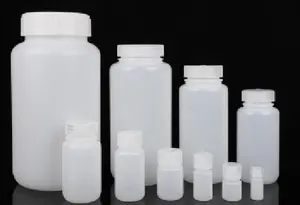





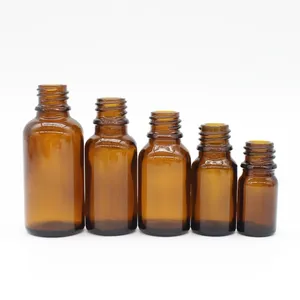

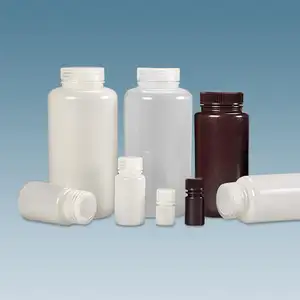






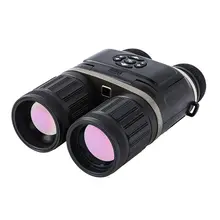



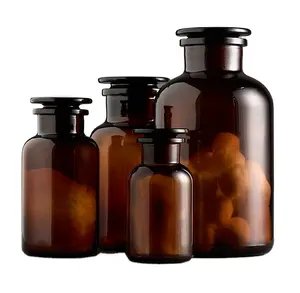












 浙公网安备 33010002000092号
浙公网安备 33010002000092号 浙B2-20120091-4
浙B2-20120091-4